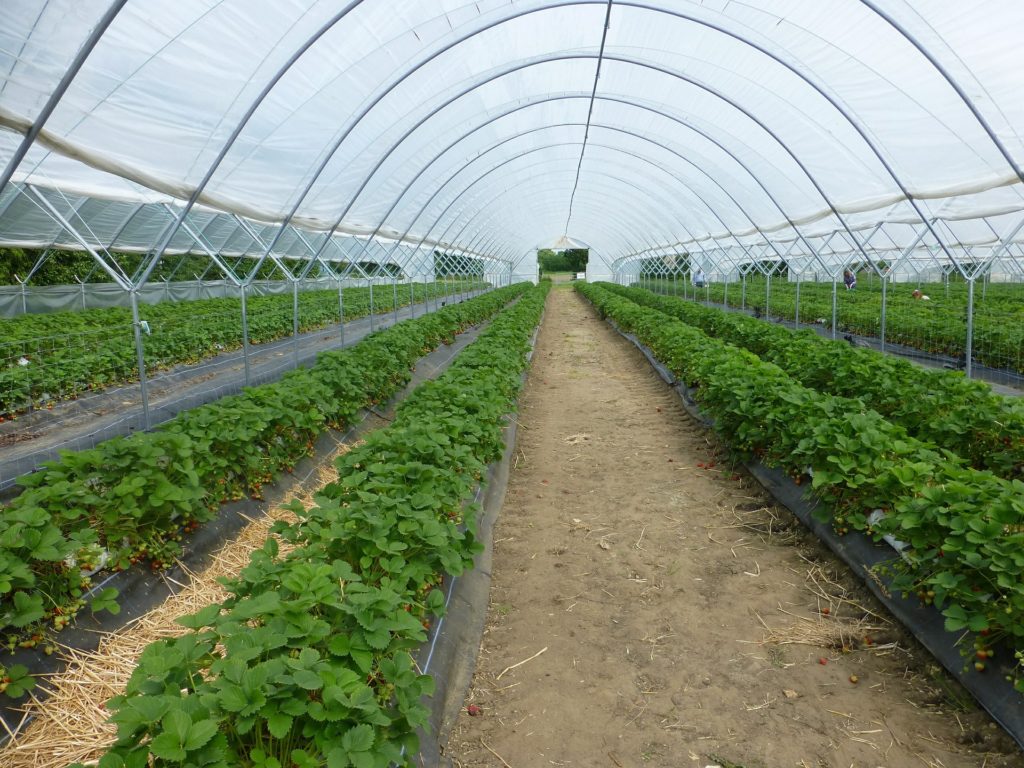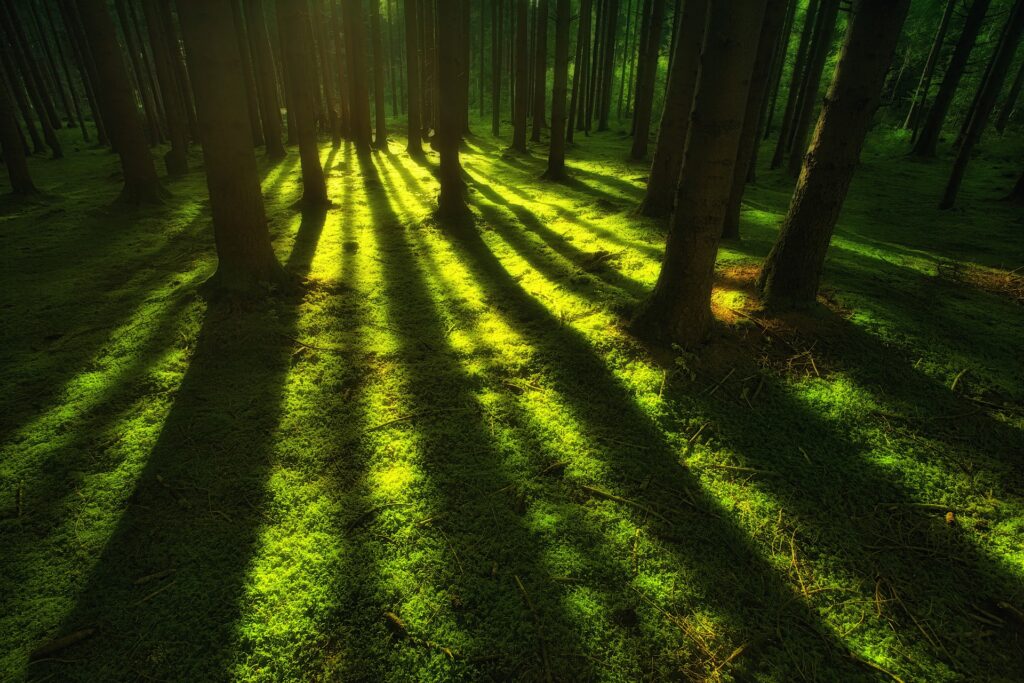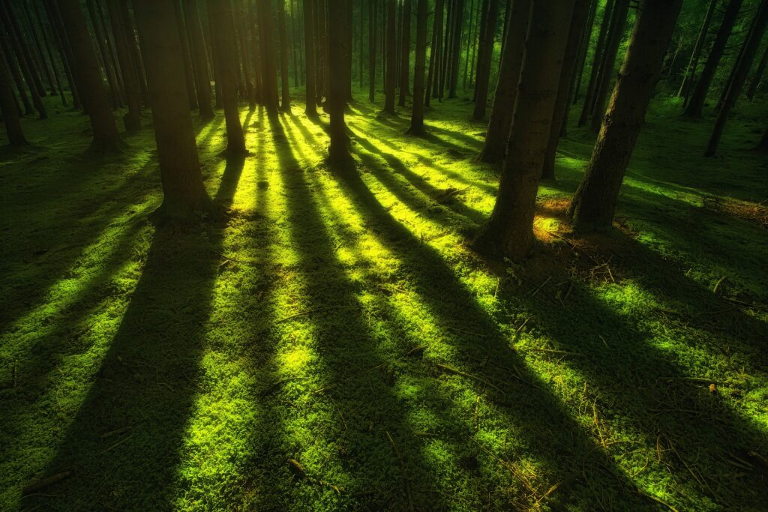I didn’t expect to write about this PBS documentary series, Human: The World Within, which I’m watching with my son to help him learn about health, the human body and its systems, and so on. But it’s filled with really interesting facts I didn’t know. For example:
- Did you know that 80 percent of your cells are red blood cells? There are enough blood vessels in your body to circle the Earth twice. In fact, there are so many red blood cells (around 25 trillion), that it’s the regular sloughing off of these that gives your poop its “rich brown color.”
- Did you know heart ache—such as grief—can physically alter the shape of your heart?
- How about that sperm travel in a corkscrew pattern not with their tails wiggling back and forth?
But it’s not these fun facts I wanted to share with you, it’s the documentary’s eloquent treatment of the human microbiome. Many of you know the basic beauty of the microbiome by now. That there are more non-human cells in the human body (many colonizing our digestive system) than human ones. That the microbiome is one of the most diverse ecosystems in the world. That these microbes are essential in digesting our food; synthesizing vitamins; and connecting us the outside world, teaching our immune system in the process—hence why so many young people (oversanitized and underexposed to dirt) are getting food allergies, asthma, and other auto-immune diseases.*
As Human describes, dendritic cells (a specific type of immune cell) taste food and other things that enter your gut to determine if they are threats. And one antibody produced, Immunoglobulin E, is a significant source of the confused attacks on harmless foods (causing food allergies). But historically, Immunoglobulin E focused primarily on attacking parasites, so in this case, our modern eradication of parasites from our food and environment may be a bad thing.**
Gut Conservation
Also fascinating is the important lesson on the ecology of the microbiome—we can’t just replace one set of bacteria with a healthier set without sustaining a healthy environment for that new set. Hence, a fecal transplant not in combination with new eating patterns will probably be as effective as gastric bypass surgeries (which remove a large part of one’s stomach to reduce obesity): it works at first, but ultimately if the food environment doesn’t change (including the diets of family and friends) it is difficult to eat healthily and thus maintain that new normal.
Instead, one gastroenterologist in the documentary, Robynne Chutkan, offers the simple healthy living advice of “Remove, Replace, Restore.” In short, that means:
- Remove the medications you take that are not absolutely necessary—including antibiotics. Chutkan notes that the average child takes antibiotics 18 times by their 18th birthday, and these antibiotics typically kill off about a third of your gut bacteria each time you take them.
- Replace: meaning expose yourself to good bacteria. “We can eat fermented food, roll in the dirt, open a window…or be exposed to nature,” Chutkan advises.***
- And Restore: as most of the bacteria come from food, we especially want to eat healthy foods high in plant fiber, which is eaten by healthful microbes like faecalibacterium prausnitzii, which protects against colon cancer, heart disease, and diabetes.
As Chutkan notes,
“In conservation ecology, rewilding means reintroducing species into a landscape where they’ve become extinct. And we can apply those same principles to our gut.”
In other words, the nurturing of healthy flora and fauna, coupled with the exclusion of toxic chemicals, can do wonders both to sustain our inner ecosystem as well as the outer ones. In fact, this is something that’s clear literally from day one of life. Breast milk contains over 200 different sugars—why but to nurture a diverse microbiome gleaned from the mother’s birth canal during delivery. In fact, the third most prevalent component is “human milk oligosaccharides,” which are indigestible by babies; instead they feed babies’ gut bacteria, and as Chutkan notes, “help those bacteria to repel staph and other potentially dangerous bacteria.”
The Parallels Between Internal and External Ecologies
It is that comparison between the health of your internal ecology and the external one that is so powerful. As Chutkan explains,
“Just as we’re destroying our external environment, we’re destroying our internal environment, by being overmedicated and not paying attention to the food we’re eating.”
Environmentalists spend much time talking about conservation, gardening and permaculture, rewilding, combatting invasive species to improve the health of ecosystems and the planetary body, but too rarely apply those same lessons to what foods, beverages, and medicines enter their own bodies.
Several times the documentary makes the parallel between gardening and the microbiome:
“The microbiome is like a garden, which means we can cultivate it.”
But that means intentionally eating more plants, less meat, fewer chemicals and pesticides, again boiled down in Michael Pollan’s perfectly distilled mantra of “Eat Food, Not Too Much, Mostly Plants.”****

I never realized it, but a hoophouse kind of looks like an intestine, with the plants being the villi. (Photo from Lara Hughes via Pixabay)
The filmmakers, by drawing attention to a farm affected by deforestation, pesticide-use, and being recultivated with compost from humanure (night soil), really makes all those connections as clear as possible (teetering on the edge of heavy handedness!). But the point is made:
“We are just the hive,” observes Chutkan. “But without our microbes we are an empty hive. The microbes are the worker bees that are doing all the work.”
The same is true for soil: dead soil is not productive soil. And reminding ourselves that we are dependent on countless other species living inside us hopefully will not only cultivate healthier guts, but a healthier sense of humility.
Tying It All Together
Perhaps the most important point discussed in the episode is the simple reminder that from mouth to anus, your digestive system is, at its most basic, a tube connecting you with the broader environment. You’re a big Mobius strip that ultimately is not separate from the environment at all, but woven into it—covered and integrated with other species from start to finish. That is an important reminder that helps to break down the myth of individualization, the dangerous idea that we are not completely and utterly dependent on a living Earth for our lives and wellbeing. That when we kill the planet we can fly off and colonize a new one. But we can’t. We are of this world and completely dependent on and integrated into it. As the narrator notes at one point,
“The microbiome is like a moss that sits on top of the lining that separates the gut from the rest of the body.”
A beautiful image conjuring up a healthy forest ecosystem and reminding us that it is not we, but the many other species of beings that live within us that give us life, health, and the opportunity to be part of this beautiful living creation. So eat well, go outside, dig in a garden, and once in a while even eat some of the fruits of your garden without first washing them or your hands.

Is this a forest floor or an extreme close-up of your gut lining? (Photo by jplenio from Pixabay)
Endnotes
*Who knew that 80 percent of your immune cells are found in the mucous lining of your gut!
**That’s not to say we want to have parasites, but just as microexposure to viruses can reduce their threat (variolation), perhaps microexposures to parasites keep the immune system focused on its proper task. And of course, a quick search online shows that doctors are experimenting to find the benefits of helminthic or “worm-therapy.” Fascinating.
***One more reason to go outside to meditate!
****Couple with physical activity, time in nature, and occasional fasting (which is also promoted in this episode of Human) to maximize benefits!





